
Kód: 01979062
Carbon Sequestration in Urban Ecosystems
Autor Rattan Lal, Bruce Augustin
Urbanization drastically alters the ecosystems structure and functions, disrupts cycling of C and other elements along with water. It alters the energy balance and influences climate at local, regional and global scales. In 2008, ... celý popis
- Jazyk:
 Angličtina
Angličtina - Vazba: Pevná
- Počet stran: 388
Nakladatelství: Springer, 2011
- Více informací o knize

5094 Kč

Skladem u dodavatele v malém množství
Odesíláme za 12-17 dnů
Potřebujete více kusů?Máte-li zájem o více kusů, prověřte, prosím, nejprve dostupnost titulu na naši zákaznické podpoře.
Přidat mezi přání
Mohlo by se vám také líbit
Darujte tuto knihu ještě dnes
- Objednejte knihu a zvolte Zaslat jako dárek.
- Obratem obdržíte darovací poukaz na knihu, který můžete ihned předat obdarovanému.
- Knihu zašleme na adresu obdarovaného, o nic se nestaráte.
Více informací o knize Carbon Sequestration in Urban Ecosystems
Nákupem získáte 509 bodů
 Anotace knihy
Anotace knihy
Urbanization drastically alters the ecosystems structure and functions, disrupts cycling of C and other elements along with water. It alters the energy balance and influences climate at local, regional and global scales. In 2008, urban population exceeded the rural population. In 2050, 70% of the world population will live in urban centers. The number of megacities (10 million inhabitants) increased from three in 1975 to 19 in 2007, and is projected to be 27 in 2025. Rapid urbanization is altering the ecosystem C budget. Yet, urban ecosystems have a large C sink capacity in soils and biota. Judicious planning and effective management can enhance C pool in urban ecosystems, and off-set some of the anthropogenic emissions. Principal components with regards to C sequestration include home lawns and turfs, urban forests, green roofs, park and recreational/sports facilities and urban agriculture.Rapid urbanization started since early 1950s. Among numerous consequences of urbanization are change in landuse and land cover including deforestation, encroachment of prime farmland, and alterations in landscape. These consequences reduce the ecosystem carbon stocks especially in biota and soils, alter the hydrologic cycle by increasing runoff and decreasing soil water storage, change energy budget by altering albedo, and disrupt cycling of carbon and other elements. Such drastic alterations in land use and land cover and biogeochemical cycling of C and other elements affect global climate at local, regional and global scales because of drastic and irreversible changes in the structure, functions and dynamics of ecosystems. The global urban expansion rate is estimated at ~2 million ha (Mha) of additional land to accommodate annual population growth of 70 to 80 millions. Because urban areas consist of build up areas and green areas or free space, judicious management of free space is crucial to moderating the global carbon cycle. Open spaces can be sustainably managed for home lawns, sports grounds, recreational areas, forests, and urban agriculture. Green roofs are also important in influencing the albedo and the carbon and hydrologic cycles. The strategy is to increase the green space areas, enhance their net primary productivity, and increase the overall carbon budget of urban ecosystems. It is also important to link science with policy.
 Parametry knihy
Parametry knihy
Zařazení knihy Knihy v angličtině Earth sciences, geography, environment, planning Earth sciences Geology & the lithosphere
5094 Kč
- Plný název: Carbon Sequestration in Urban Ecosystems
- Autor: Rattan Lal, Bruce Augustin
- Jazyk:
 Angličtina
Angličtina - Vazba: Pevná
- Počet stran: 388
- EAN: 9789400723658
- ISBN: 9400723652
- ID: 01979062
- Nakladatelství: Springer
- Hmotnost: 686 g
- Rozměry: 241 × 163 × 21 mm
- Datum vydání: 09. December 2011
Oblíbené z jiného soudku
-

Soil Science Simplified 6e
2788 Kč -

Geology For Dummies
484 Kč -

Past Time: Geology in European and American Art
1064 Kč -

White River Badlands
1036 Kč -
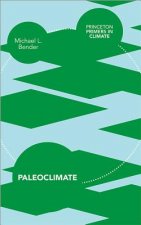
Paleoclimate
1093 Kč -

Lost World of Fossil Lake
1127 Kč -
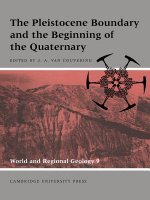
Pleistocene Boundary and the Beginning of the Quaternary
2413 Kč -
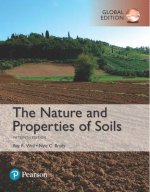
Nature and Properties of Soils, The, Global Edition
2296 Kč -

S & S Guide to Rocks and Minerals
582 Kč -

Mycorrhizal Planet
774 Kč -

H2O
303 Kč -
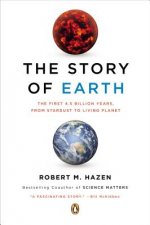
Story of Earth
347 Kč -

Structural Geology
1688 Kč -

Sea without Fish
983 Kč -
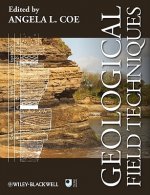
Geological Field Techniques
1936 Kč -

Environmental Chemistry
3745 Kč -

Annals of the Former World
594 Kč -
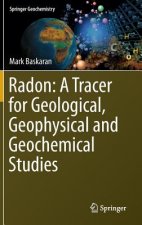
Radon: A Tracer for Geological, Geophysical and Geochemical Studies
7468 Kč -
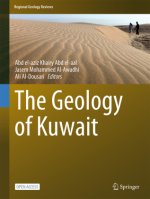
The Geology of Kuwait
1135 Kč -

Reading the Rocks
383 Kč -
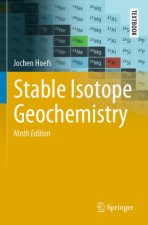
Stable Isotope Geochemistry
2720 Kč -

Anthropocene: A Very Short Introduction
254 Kč -

Ice Age
1967 Kč -

Brief History of Geology
1054 Kč -

Rocks: A Very Short Introduction
271 Kč -
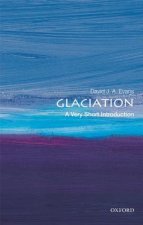
Glaciation: A Very Short Introduction
249 Kč -

Geology: A Very Short Introduction
271 Kč -
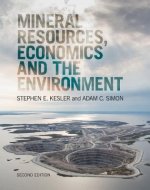
Mineral Resources, Economics and the Environment
1948 Kč -

Making of Europe
1966 Kč -
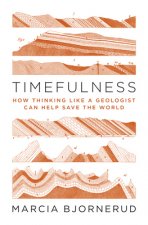
Timefulness
1013 Kč -

Global Geomorphology
2170 Kč -

Historical Geology
2139 Kč -
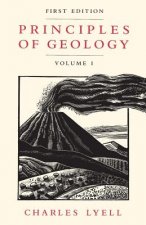
Principles of Geology, Volume 1
802 Kč -

Igneous and Metamorphic Petrology 2e
3610 Kč -
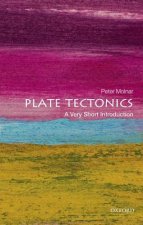
Plate Tectonics: A Very Short Introduction
271 Kč -

Landscapes and Geomorphology: A Very Short Introduction
271 Kč -

Ore Deposit Geology
2006 Kč -

Soil and Environmental Chemistry
3144 Kč -
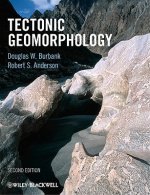
Tectonic Geomorphology 2e
2979 Kč -

Fossils: A Very Short Introduction
271 Kč -

Earth on Show
1621 Kč -

Last Giant of Beringia
700 Kč -
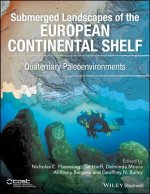
Quaternary Paleoenvironments - Submerged Landscapes of the European Continental Shelf.
3338 Kč -

Earth: An Introduction to Physical Geology, Global Edition
2354 Kč -
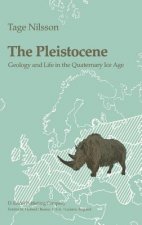
Pleistocene
6578 Kč -

Principles of Geology, Volume 2
1874 Kč -

Principles of Geology, Volume 3
1874 Kč -
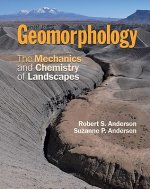
Geomorphology
2647 Kč -

True Truffle (Tuber spp.) in the World
7468 Kč
Osobní odběr Praha, Brno a 12903 dalších
Copyright ©2008-24 nejlevnejsi-knihy.cz Všechna práva vyhrazenaSoukromíCookies





 Vrácení do měsíce
Vrácení do měsíce 571 999 099 (8-15.30h)
571 999 099 (8-15.30h)